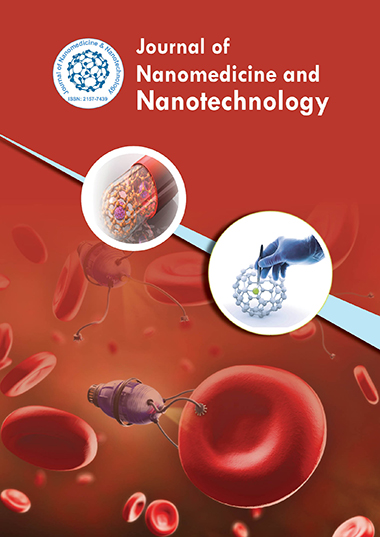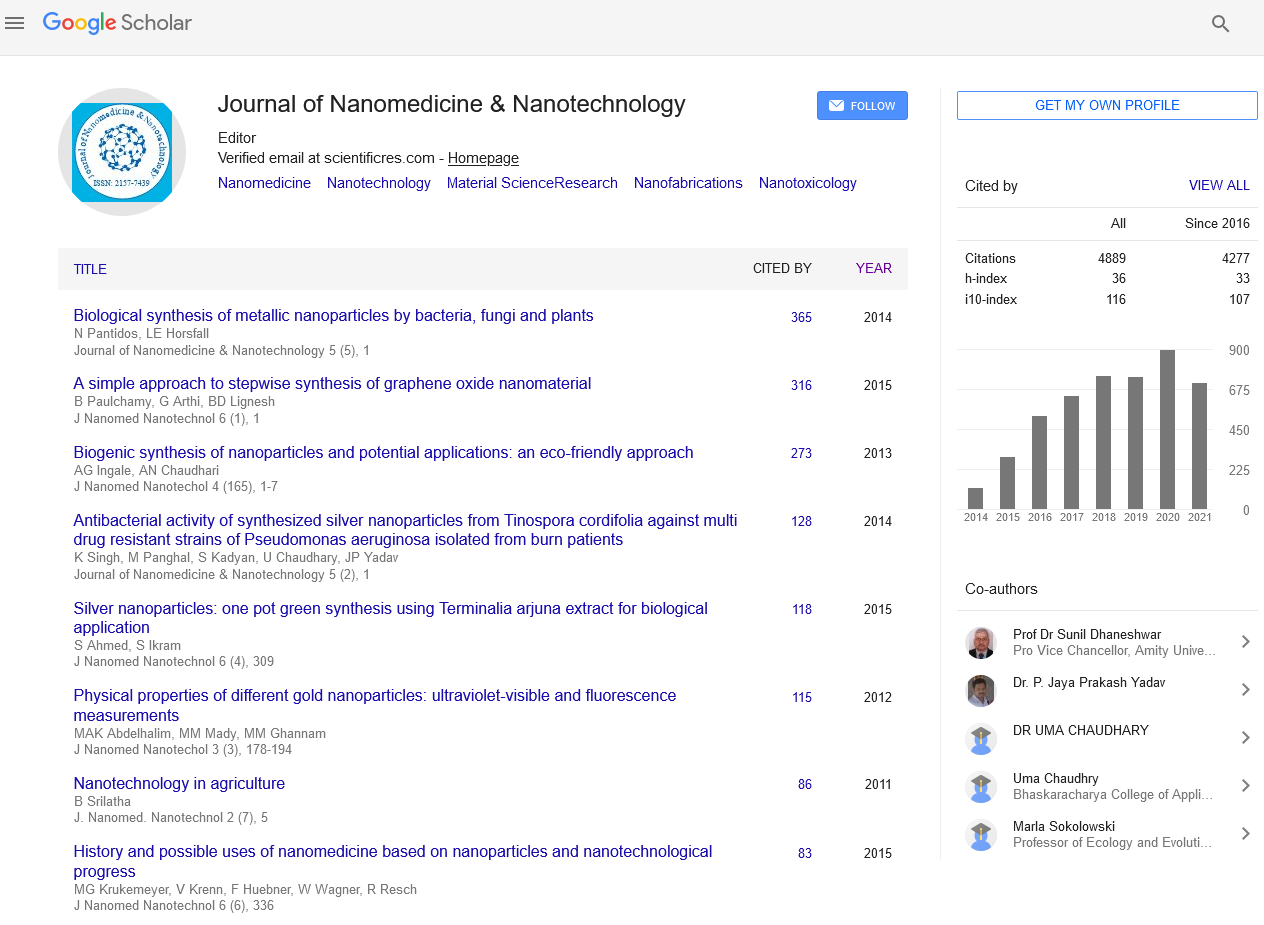Indexed In
- Open J Gate
- Genamics JournalSeek
- Academic Keys
- JournalTOCs
- ResearchBible
- China National Knowledge Infrastructure (CNKI)
- Scimago
- Ulrich's Periodicals Directory
- Electronic Journals Library
- RefSeek
- Hamdard University
- EBSCO A-Z
- OCLC- WorldCat
- SWB online catalog
- Virtual Library of Biology (vifabio)
- Publons
- MIAR
- Scientific Indexing Services (SIS)
- Euro Pub
- Google Scholar
Useful Links
Share This Page
Journal Flyer

Open Access Journals
- Agri and Aquaculture
- Biochemistry
- Bioinformatics & Systems Biology
- Business & Management
- Chemistry
- Clinical Sciences
- Engineering
- Food & Nutrition
- General Science
- Genetics & Molecular Biology
- Immunology & Microbiology
- Medical Sciences
- Neuroscience & Psychology
- Nursing & Health Care
- Pharmaceutical Sciences
Abstract
Nanoparticle-Enhanced Gene Delivery for CRISPR-Based Therapeutics
The CRISPR-Cas9 gene-editing technology has revolutionized the field of molecular biology by providing a powerful tool for precise genetic modifications. Its potential applications in therapeutic interventions, particularly for treating genetic disorders, cancer, and viral infections, have made it one of the most promising areas of biotechnology. However, one of the major challenges in the clinical application of CRISPR-based therapeutics is the efficient delivery of the CRISPR components—Cas9 proteins, guide RNAs (gRNAs), and donor DNA—into the target cells. Traditional delivery methods, such as viral vectors, are often associated with safety concerns, immune responses, and limited delivery efficiency. Nanoparticles, due to their unique properties, including biocompatibility, size-tunability, and surface modifiability, have emerged as promising alternatives for CRISPR delivery. This article explores the advances in nanoparticle-based gene delivery systems for CRISPR-based therapeutics, highlighting the various types of nanoparticles used, their mechanisms of action, and their role in overcoming the limitations of conventional gene delivery methods. Challenges such as the toxicity, targeting specificity, and immunogenicity of nanoparticles, as well as future directions for research, are also discussed.
Published Date: 2024-11-30; Received Date: 2024-11-02


